On Thursday, the focus was preparing the King monument (ID #286) for restoration.

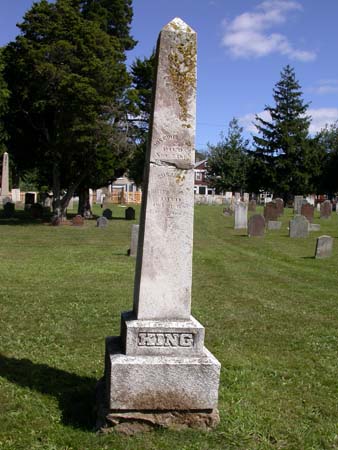
Due to its height, weight and composite design consisting of a tapering shaft supported on two marble bases and resting on a rubble stone footing, care was taken to erect a large hoist capable of lifting the heavy pieces and lowering them to the ground in order to level the lower base. A complicating factor was that the shaft was previously broken and repaired with hard cement which had failed, leaving its upper portion unsecured. Each component of the obelisk was cleaned of cement and biogrowth, and the lower base was leveled with slate shims.
Five Howell tablets were prepared for multi-step treatments
ID #189 ID 190 ID 191
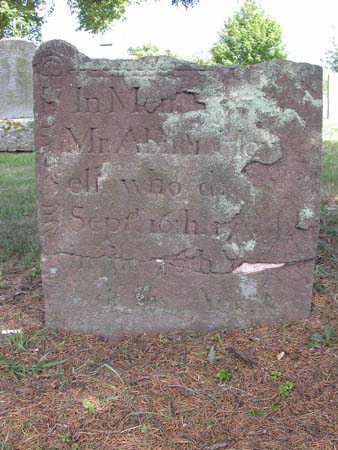
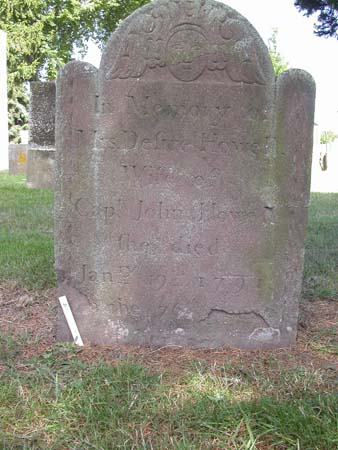
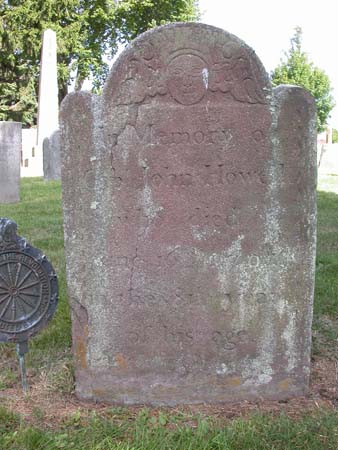
ID 404 ID 405
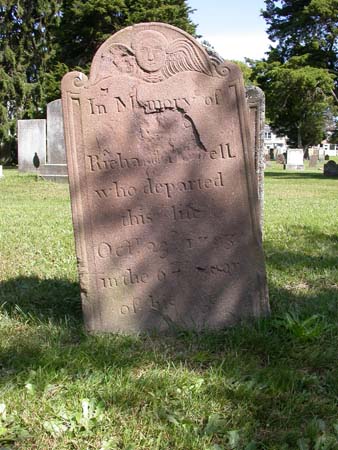
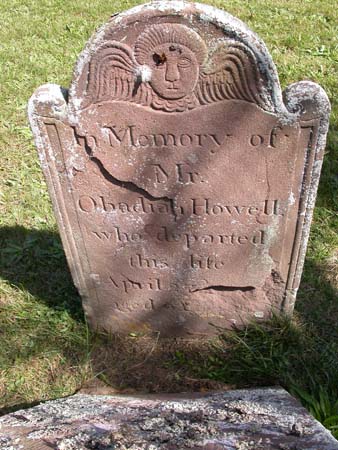
These sandstones were selected as a high priority due to advanced delamination. Preparation included removing loose stone from within cracks and behind loose layers using an air hose and hand techniques. Treatment using liquid grout injected behind the layers and tinted mortar to cap the edges is a two-day repair, to be undertaken on Days Two and Three.
A small marble stone leaning against the headstone of Millicent J. Howell (ID #434) was observed to be that of infant Frederick, and resetting it identified as an objective.
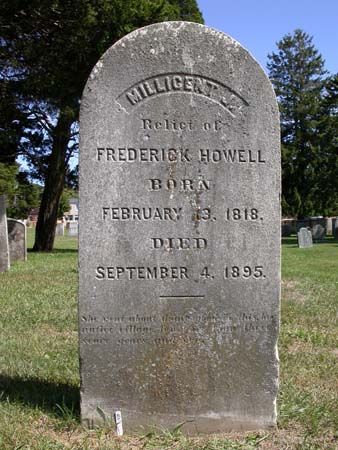
Day Two
On Friday, the objectives were to:
1) reassemble the King monument (ID #286)
2) begin grouting five Howell headstones (ID #189, # 190, #191, #404 & #405), and
3) apply antimicrobial solution to approximately 40 stones in the southeast corner of the site (ID #1 – #42).
4) The upper base and tapered shaft of the King monument were prepared for hoisting after the lower base had been leveled, shimmed and mortared, and allowed to set over night. All of the elements, cleaned of cement repair mortars, were “dry fit” before application of structural adhesive and reattachment. The repair was scheduled for Friday to enable the structural adhesive to set overnight, allowing for removal of excess adhesive and application of mortar fills on the final day.
Grout injection on stones #189, # 190, #191, #404 & #405 was begun. Each stone was completed to about the mid-point, allowing for the grout to set and final injection and edge caps, to be done on the final day.
Day Three
On Saturday, the “public” day, approximately fifteen participants attended. The majority of participants observed the repair process and learned about techniques, materials, etc. Several others came prepared to work; these participants were shown cleaning procedures (plastic scrapers, brushes) and techniques of applying the antimicrobial solution. Approximately 15 stones were cleaned.